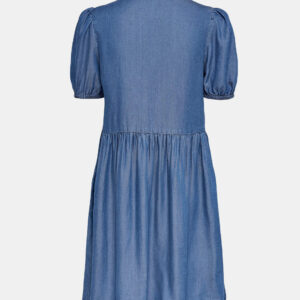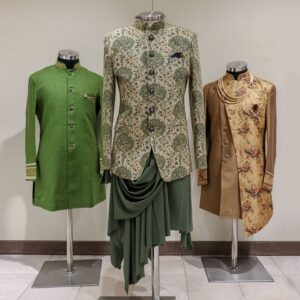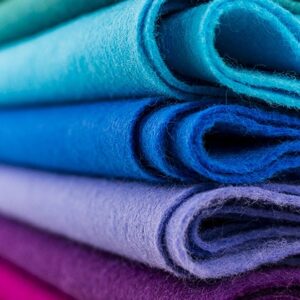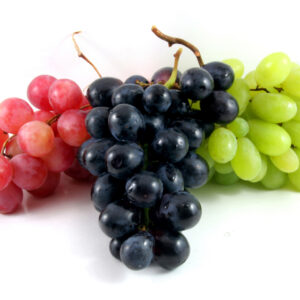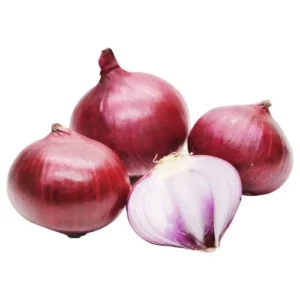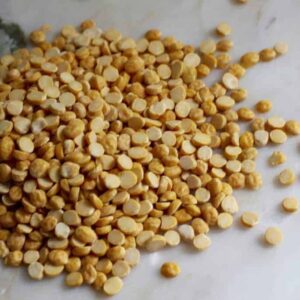Description
These are probably the most popular and common beans after the chickpeas and can be found in most grocery stores. These come canned and ready to use but I prefer buying the dry beans and soaking and then pressure cooking them similar to the other beans. These make amazing north Indian curries, daal and can be used in salads.
Fiber In Pulses
There are two different types of fiber, soluble and insoluble. Soluble fiber can maintain body weight and blood sugar levels as well as lower cholesterol. Insoluble fiber can aid digestion. Cooked pulses contain both of these types of fiber. Pulses are actually cholesterol-free and low in saturated fats.
What Are The Benefits Of PulsesLike many beans, pulses are a great source of protein. They are high in fiber but also are low fat. They also include vitamins and minerals like calcium, zinc, potassium, iron, and folate (folate is a type of vitamin B).
They are a great alternative protein. Pulses have two or three times as much protein as grains, even quinoa. They are also an alternative to meat proteins.
Because they are so much less expensive than meat they form the backbone of many diets for people around the world. This is one reason why there are so many pulses in Indian cooking. There are loads of recipes with lentils and chickpeas.



